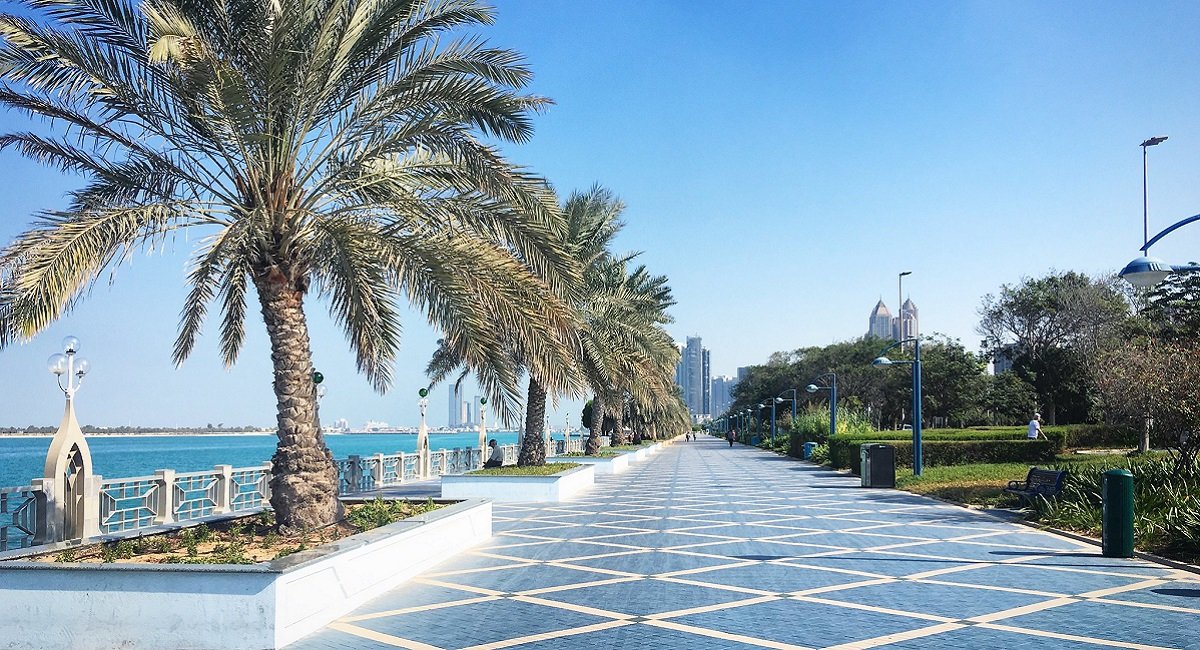

The UAE’s expanding regional role is an opportunity for the military to become more professional,through investments in strategic planning, transparency, and defense industry development.
After two decades of concerted investment and operational experience, the United Arab Emirates (UAE) armed forces, dubbed “Little Sparta,” are now one of the leading militaries in the region. With approximately 63,000 active uniformed personnel, allegedly augmented by foreign auxiliary and mercenary forces, the UAE has gained global attention for its role in countering Iran and violent extremist networks, and for interventions in Yemen and Libya.
However, absent a commitment to enhance strategic planning capabilities and institute greater transparency and accountability, the professionalization of the UAE’s armed forces will be limited. Building its strategic planning and force development capabilities would enable it to right-set its regional priorities and force structure and commit to international principles of professional military conduct and greater transparency and accountability, which would in turn buttress its legitimacy in the region and with international partners.
Strategic Planning
In partnership with key regional and international allies, the UAE has pursued a strategy to counter the Iranian threat throughout the region, including Yemen; preserve the regional status quo, particularly against the threat of extremist political and terrorist groups; and become an increasingly self-reliant military force. However, reliance on mercenary forces opens the UAE to international scrutiny and erodes its legitimacy in the eyes of key partners, and UAE interventions in Yemen and Libya have tested the military’s force structure and capabilities. Gaps in the UAE’s strategic planning capabilities exacerbate the risks of overextension and reliance on less professional and integrated forces.
If the UAE wants to achieve its objectives, it should rigorously review and prioritize where it wants to make investments and deploy its forces. It should invest in strategic, operational, and tactical lesson learning to inform future force planning—most immediately from the Yemen war, while lessons are still fresh—and it should seek cooperative arrangements with partners within and outside the region to match its comparative advantages with partners’ capabilities in order to better achieve its objectives and to seek efficiencies.
Augmenting its ranks with auxiliary and mercenary forces may increase capacity in the short term, but absent reflection on the relative effectiveness of these auxiliary forces and their level of integration with the core UAE military, their ultimate value is suspect. The use of auxiliary forces could also undermine security cooperation relationships with Australia, France, and the United States over time, particularly within these partners’ legislative bodies. These are challenges that improved strategic planning capabilities can mitigate.
Transparency and Accountability
The UAE military’s professional development will plateau if it does not develop transparency, oversight, and accountability mechanisms for upholding principles of the Law of Armed Conflict and human rights. It should take publicly transparent steps to address transgressions and regulate the use of foreign and mercenary forces.
Adopting this level of military professionalism can improve the ability to recognize missteps or failures and learn from them, enhancing strategic planning capabilities. The UAE military as an institution has a strong central command and control structure, but it lacks institutional mechanisms and oversight to ensure professionalism and accountability that other countries place on their forces. Aside from allegations of using indiscriminate force and running secret torture prisons in Yemen, the risk of corruption in defense procurement is high. The UAE’s more prominent regional role is an opportunity to demonstrate leadership in how a professional military conducts itself.
Defense Industry
Investments in the UAE’s strategic planning capabilities could also be linked to the development of the defense industry, to build not only the UAE’s indigenous industrial base but also to unlock further opportunities for joint production and development with the United States and other foreign partners. The UAE could work with partners like the United States to pursue joint development opportunities for new military technologies. Advancing this form of partnership would require enhanced technology security protocols and export control infrastructure to regulate development in the UAE to bring it in line with defense establishments in other countries. Ultimately, though, the United States and the UAE share a long-term interest in building transparent defense institutions.
Conclusion
The UAE military has a promising trajectory, having established itself as one of the most capable expeditionary forces in the region. However, its progress will remain limited if it neglects critical competencies of strategic planning, including its connection to defense industrial development, and a commitment to military professionalism based on international standards for military conduct, transparency, and accountability. Concrete steps to invest in these areas would strengthen its military effectiveness and its legitimacy in the region and beyond.
Melissa Dalton directs the Cooperative Defense Project at the Center for Strategic and International Studies. She is the co-author of a report on the UAE military for the Carnegie Middle East Center.



